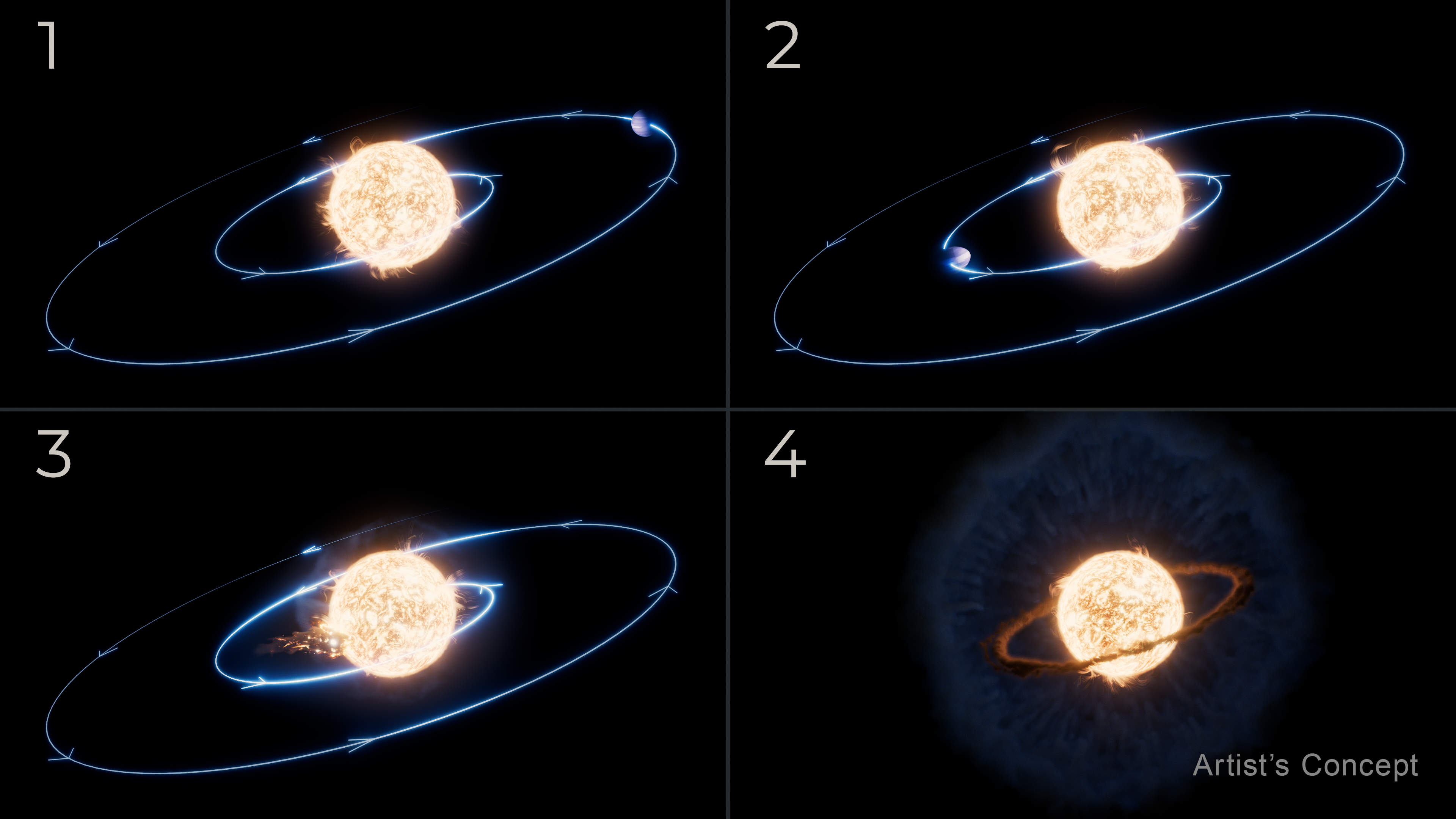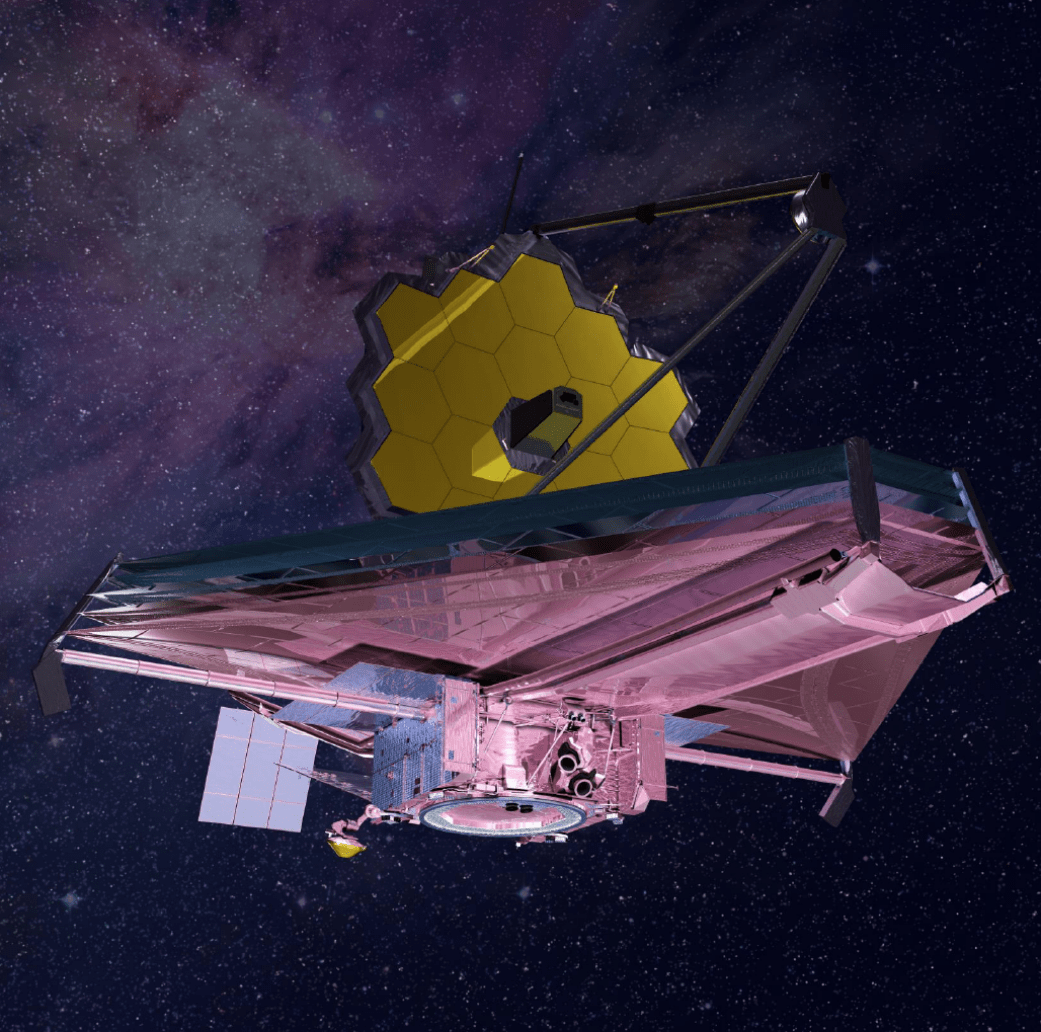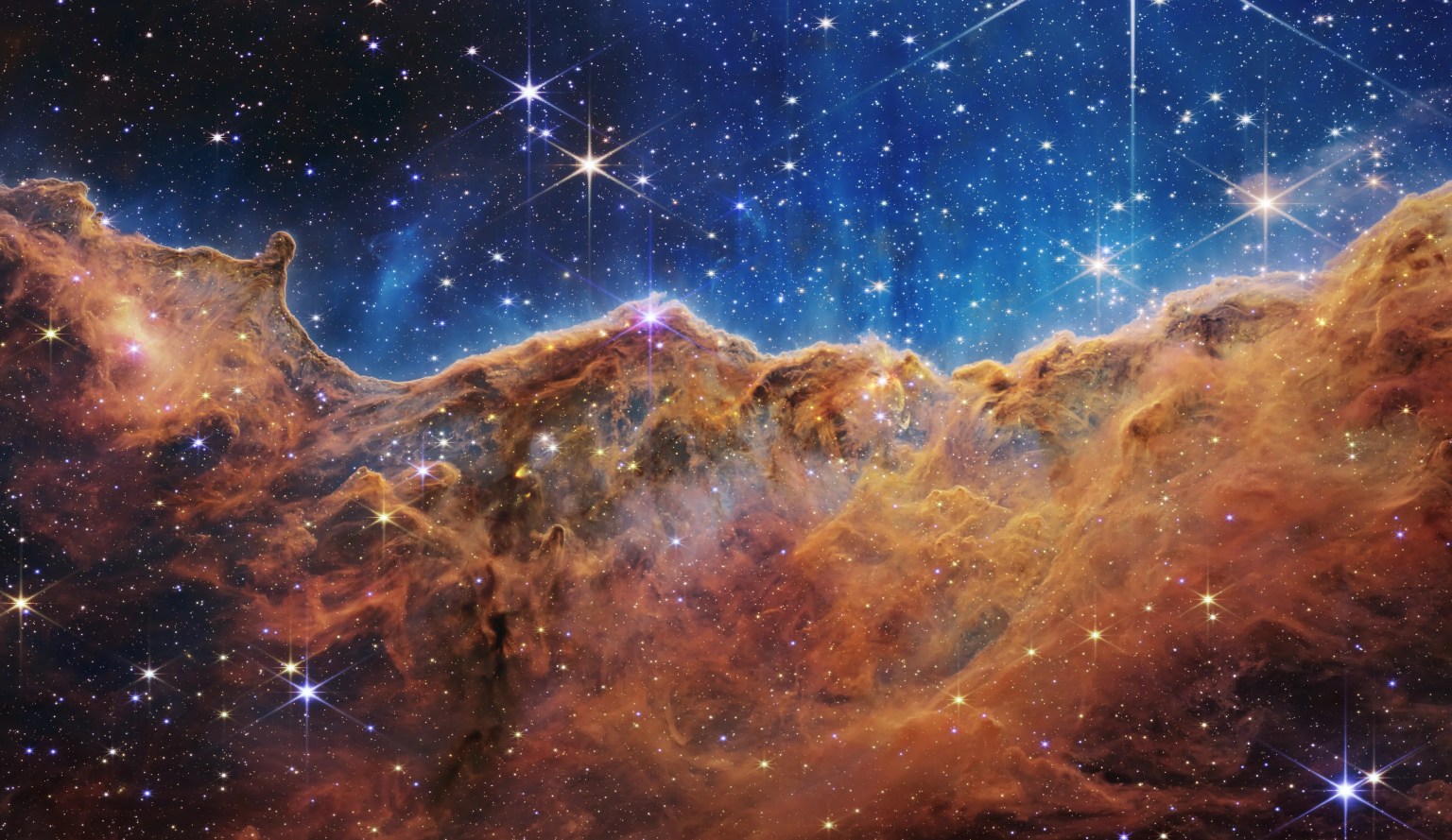Observations from NASA’s James Webb Space Telescope have provided a surprising twist in the narrative surrounding what is believed to be the first star observed in the act of swallowing a planet. The new findings suggest that the star actually did not swell to envelop a planet as previously hypothesized. Instead, Webb’s observations show the planet’s orbit shrank over time, slowly bringing the planet closer to its demise until it was engulfed in full.
“Because this is such a novel event, we didn’t quite know what to expect when we decided to point this telescope in its direction,” said Ryan Lau, lead author of the new paper and astronomer at NSF NOIRLab (National Science Foundation National Optical-Infrared Astronomy Research Laboratory) in Tucson, Arizona. “With its high-resolution look in the infrared, we are learning valuable insights about the final fates of planetary systems, possibly including our own.”
Two instruments aboard Webb conducted the post-mortem of the scene – Webb’s MIRI (Mid-Infrared Instrument) and NIRSpec (Near-Infrared Spectrograph). The researchers were able to come to their conclusion using a two-pronged investigative approach.
Image A: Planetary Engulfment Illustration
Constraining the How
The star at the center of this scene is located in the Milky Way galaxy about 12,000 light-years away from Earth.
The brightening event, formally called ZTF SLRN-2020, was originally spotted as a flash of optical light using the Zwicky Transient Facility at Caltech's Palomar Observatory in San Diego, California. Data from NASA’s NEOWISE (Near-Earth Object Wide-field Infrared Survey Explorer) showed the star actually brightened in the infrared a year before the optical light flash, hinting at the presence of dust. This initial 2023 investigation led researchers to believe that the star was more Sun-like, and had been in the process of aging into a red giant over hundreds of thousands of years, slowly expanding as it exhausted its hydrogen fuel.
However, Webb’s MIRI told a different story. With powerful sensitivity and spatial resolution, Webb was able to precisely measure the hidden emission from the star and its immediate surroundings, which lie in a very crowded region of space. The researchers found the star was not as bright as it should have been if it had evolved into a red giant, indicating there was no swelling to engulf the planet as once thought.
Reconstructing the Scene
Researchers suggest that, at one point, the planet was about Jupiter-sized, but orbited quite close to the star, even closer than Mercury’s orbit around our Sun. Over millions of years, the planet orbited closer and closer to the star, leading to the catastrophic consequence.
“The planet eventually started to graze the star's atmosphere. Then it was a runaway process of falling in faster from that moment,” said team member Morgan MacLeod of the Harvard-Smithsonian Center for Astrophysics and the Massachusetts Institute of Technology in Cambridge, Massachusetts. “The planet, as it’s falling in, started to sort of smear around the star.”
In its final splashdown, the planet would have blasted gas away from the outer layers of the star. As it expanded and cooled off, the heavy elements in this gas condensed into cold dust over the next year.
Inspecting the Leftovers
While the researchers did expect an expanding cloud of cooler dust around the star, a look with the powerful NIRSpec revealed a hot circumstellar disk of molecular gas closer in. Furthermore, Webb’s high spectral resolution was able to detect certain molecules in this accretion disk, including carbon monoxide.
“With such a transformative telescope like Webb, it was hard for me to have any expectations of what we’d find in the immediate surroundings of the star,” said Colette Salyk of Vassar College in Poughkeepsie, New York, an exoplanet researcher and co-author on the new paper. “I will say, I could not have expected seeing what has the characteristics of a planet-forming region, even though planets are not forming here, in the aftermath of an engulfment.”
The ability to characterize this gas opens more questions for researchers about what actually happened once the planet was fully swallowed by the star.
“This is truly the precipice of studying these events. This is the only one we've observed in action, and this is the best detection of the aftermath after things have settled back down,” Lau said. “We hope this is just the start of our sample.”
These observations, taken under Guaranteed Time Observation program 1240, which was specifically designed to investigate a family of mysterious, sudden, infrared brightening events, were among the first Target of Opportunity programs performed by Webb. These types of study are reserved for events, like supernova explosions, that are expected to occur, but researchers don’t exactly know when or where. NASA’s space telescopes are part of a growing, international network that stands ready to witness these fleeting changes, to help us understand how the universe works.
Researchers expect to add to their sample and identify future events like this using the upcoming Vera C. Rubin Observatory and NASA’s Nancy Grace Roman Space Telescope, which will survey large areas of the sky repeatedly to look for changes over time.
The team’s findings appear today in The Astrophysical Journal.
The James Webb Space Telescope is the world’s premier space science observatory. Webb is solving mysteries in our solar system, looking beyond to distant worlds around other stars, and probing the mysterious structures and origins of our universe and our place in it. Webb is an international program led by NASA with its partners, ESA (European Space Agency) and CSA (Canadian Space Agency).
Related Information
Read more about Webb’s impact on exoplanet research
Video: How to Study Exoplanets
Learn more about exoplanets






























